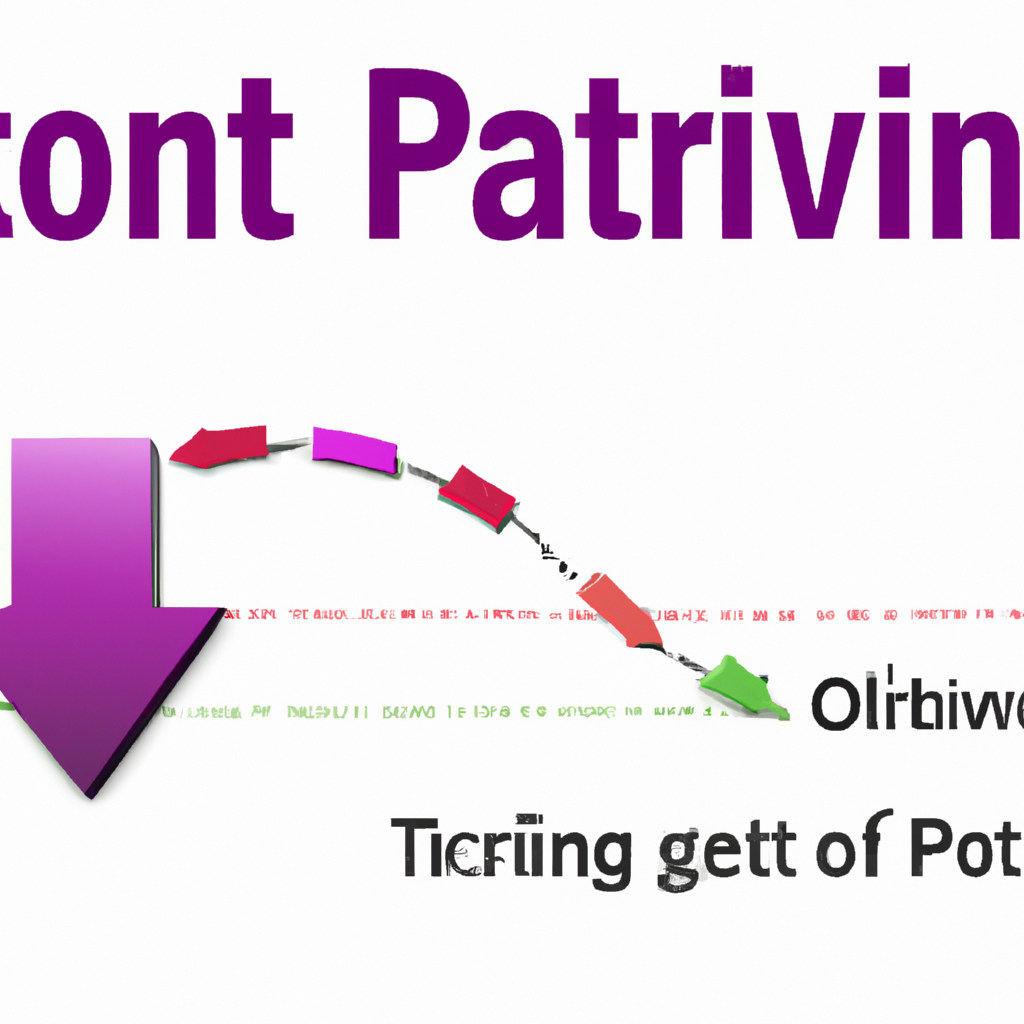Pivot Point Trading Strategies
Introduction
Pivot point trading strategies are widely used by traders in the financial markets to identify potential turning points in price movements. These strategies are based on the concept of pivot points, which are calculated using the previous day’s high, low, and close prices. By understanding how to use pivot points effectively, traders can make more informed decisions and increase their chances of success. In this article, we will explore some popular pivot point trading strategies.
1. Standard Pivot Point Strategy
The standard pivot point strategy is the most basic and widely used approach. It involves calculating the pivot point (PP) and several support and resistance levels. Here are the steps to implement this strategy:
Step 1: Calculate the Pivot Point (PP)
To calculate the pivot point, add the previous day’s high, low, and close prices and divide the sum by three:
PP = (High + Low + Close) / 3
Step 2: Calculate Support and Resistance Levels
Once the pivot point is determined, calculate the support and resistance levels using the following formulas:
Support 1 (S1) = (2 x PP) – High
Support 2 (S2) = PP – (High – Low)
Resistance 1 (R1) = (2 x PP) – Low
Resistance 2 (R2) = PP + (High – Low)
Step 3: Trading Signals
In this strategy, traders look for trading signals based on the price’s interaction with the support and resistance levels. For example, if the price breaks above a resistance level, it may indicate a bullish signal to enter a long position. Conversely, if the price drops below a support level, it may signal a bearish opportunity to enter a short position.
2. Fibonacci Pivot Point Strategy
The Fibonacci pivot point strategy incorporates Fibonacci retracement levels into the standard pivot point calculations. This strategy aims to identify potential support and resistance levels based on the Fibonacci sequence. Here’s how to implement it:
Step 1: Calculate the Pivot Point (PP)
Follow the same calculation as in the standard pivot point strategy.
Step 2: Calculate Fibonacci Support and Resistance Levels
In this strategy, Fibonacci retracement levels are used to determine the support and resistance levels. Some commonly used levels are 0.382, 0.500, and 0.618. Calculate these levels by multiplying the previous day’s range (high – low) by the Fibonacci factors and then adding them to the pivot point for resistance levels or subtracting them for support levels.
Step 3: Trading Signals
Similar to the standard pivot point strategy, traders look for trading signals based on the price’s reaction to the Fibonacci support and resistance levels. If the price bounces off a Fibonacci level, it may indicate a potential reversal or continuation of the trend.
3. Camarilla Pivot Point Strategy
The Camarilla pivot point strategy is a more advanced approach that focuses on intra-day trading. It uses a different formula to calculate pivot points and support/resistance levels. Here’s how to apply this strategy:
Step 1: Calculate the Pivot Point (PP)
To calculate the pivot point, use the following formula:
PP = (Close – Low) / (High – Low) * 1.1 + Close
Step 2: Calculate Support and Resistance Levels
The Camarilla strategy provides several support and resistance levels based on the pivot point. These levels are calculated using the following formulas:
Support 1 (S1) = Close – (High – Low) * 1.1 / 12
Support 2 (S2) = Close – (High – Low) * 1.1 / 6
Resistance 1 (R1) = Close + (High – Low) * 1.1 / 12
Resistance 2 (R2) = Close + (High – Low) * 1.1 / 6
Step 3: Trading Signals
Traders using the Camarilla pivot point strategy look for price reactions at the support and resistance levels. Breakouts above or below these levels can be considered trading signals, indicating potential opportunities for entering or exiting positions.
Conclusion
Pivot point trading strategies provide traders with valuable insights into potential price reversals and support/resistance levels. By incorporating pivot points into their analysis, traders can enhance their decision-making process and improve their trading outcomes. Whether using the standard, Fibonacci, or Camarilla pivot point strategy, it is essential to combine these strategies with other technical indicators and risk management techniques to maximize the effectiveness of the trading approach.
